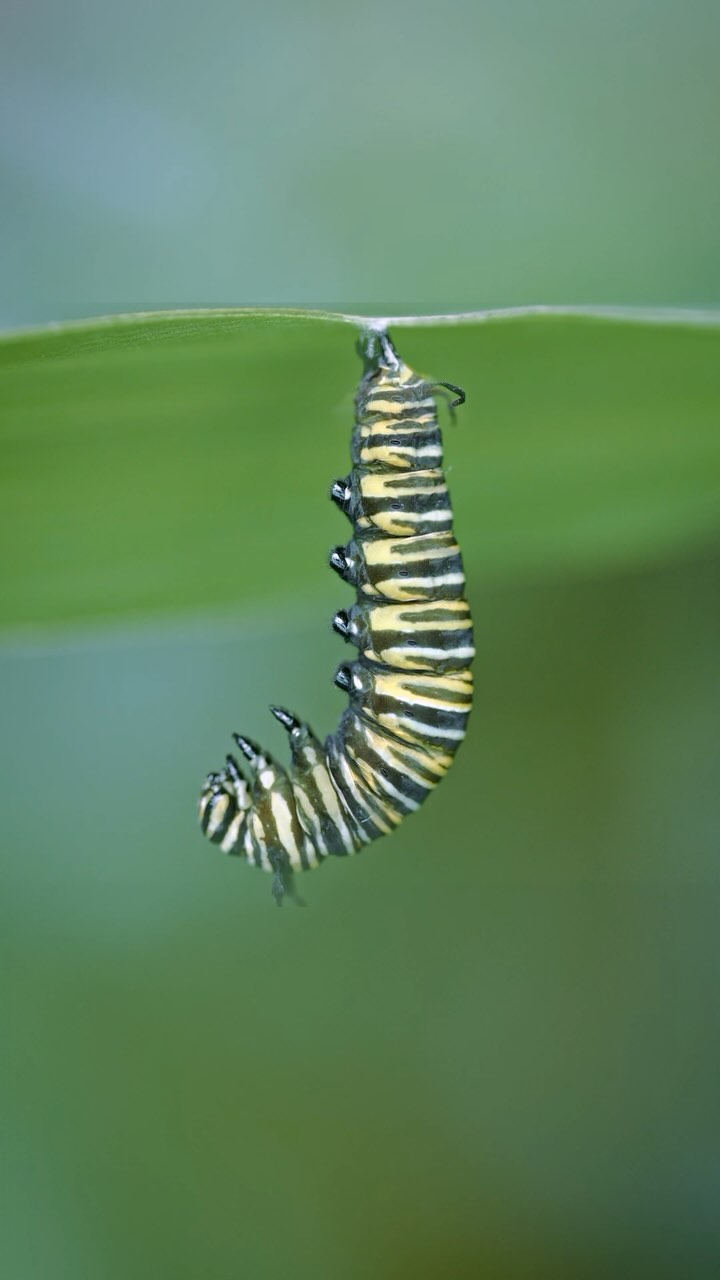– The breathing mechanics of a chrysalis and its respiratory structures.
– The developmental stages of a butterfly and the role of the chrysalis in metamorphosis.
– The design and function of respiratory adaptations in chrysalides across different species.
– The significance of controlled oxygen intake for the successful transformation within the chrysalis.
– The conservation efforts at the San Diego Zoo Safari Park’s Butterfly Jungle and their impact on butterfly populations.
The transformation from caterpillar to butterfly is one of the most fascinating examples of metamorphosis in the natural world. The chrysalis, often misconceived as a motionless and quiet stage, is a hub of intense activity, where the future butterfly is carefully sculpted from the larval blueprint. The chrysalis’ ability to breathe is central to the metamorphosis, arguably less understood than other aspects of its biology. The respiratory system of a chrysalis is complex and perfectly suited to its unique needs during this critical life stage.
At the cellular level, oxygen is vital for the energy-intensive process of metamorphosis. A chrysalis is equipped with spiracles, tiny holes on the sides of its body, that lead to an intricate network of tracheae. This network acts as the chrysalis’ respiratory system, allowing air to enter and carbon dioxide to exit. Unlike humans who breathe rhythmically, the spiracles open and close in response to the oxygen needs of the chrysalis, preventing desiccation and maintaining internal moisture levels.
During metamorphosis, energy demand fluctuates significantly. Breath regulation has to adapt to these changing demands to maintain the delicate balance necessary for the transformation. This carefully controlled oxygen intake is essential for survival and the proper development of the butterfly’s tissues, organs, and wings.
Various butterfly species exhibit adaptive differences in their chrysalides, with some exhibiting more pronounced spiracles or thicker cuticles, which can influence their respiratory efficiency. These adaptations are a remarkable testament to the evolutionary fine-tuning that caters to each species’ environment and lifestyle.
The San Diego Zoo Safari Park‘s Butterfly Jungle offers a peek into this concealed world of the chrysalis. The climate-controlled environment replicates natural conditions that allow the chrysalis to breathe and metamorphose as it would in the wild. Educational programs at the Safari Park highlight the physiology of the chrysalis and the intricacies of their breathing mechanisms. Such attractions serve a dual purpose: they fascinate and educate visitors while reinforcing the importance of conserving these complex yet vulnerable creatures.
Butterflies play crucial roles as pollinators and indicators of environmental health. By understanding the biological mechanisms of chrysalides, including how they breathe, conservationists can better protect them. Initiatives that engage public interest, like those at the San Diego Zoo Safari Park’s Butterfly Jungle, contribute to this goal by fostering an appreciation for these insects’ silent yet momentous journey.
Through the lens of zoological science and wildlife conservation, observing a chrysalis breathing challenges us to consider the symphony of adaptations that underlie the common yet extraordinary phenomena in the natural world. The study of these living jewels, tucked away in their protective casings, continues to capture the imagination and the spirit of inquiry in those who appreciate the diversity and intricacy of life on Earth.
*****
Source Description
How does a chrysalis breathe? I found the answer inside the Butterfly Jungle at the San Diego Zoo Safari Park ( @sdzsafaripark ). Chrysalises have many holes on their side that open and close to let in oxygen.


